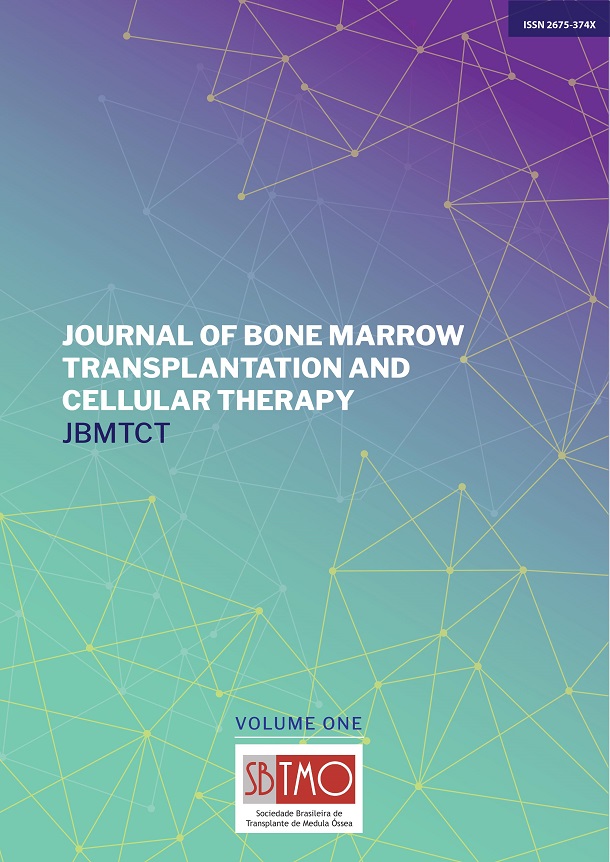Minimal residual disease in Acute Lymphoblastic Leukemia in the context of hematopoetic stem cell transplantation
DOI:
https://doi.org/10.46765/2675-374X.2020v1n1p30-40Keywords:
Minimal residual Disease (MRD), Acute Lymphoblastic Leukemia (ALL), Allogeneic Stem Cell Transplantation (allo-SCT)Abstract
Minimal or measurable residual disease (MRD) is considered the most important independent prognostic factor in acute lymphoblastic leukemia (ALL). MRD status after clinical remission has been used to establish the risk of relapse and therapeutic stratification, identifying patients who can benefit from therapeutic intensification, including allogeneic stem cell transplantation (alloSCT). The pre alloSCT MRD also identifies patients eligible for transplant and those with low or high risk of relapse after transplantation, according to the level of MRD detected. However, MRD status post-alloSCT has been shown to be a more powerful predictor of relapse than pre-transplant MRD. In addition, it is important to take into account that there are some factors to be considered to better interpret MRD information, these include: the method used for MRD assessment and its sensitivity and specificity, which may vary according to each specific time point of evaluation; the treatment regimen used; and the identification of genetic lesions that combined with MRD information can further improve the management of patients with ALL.


